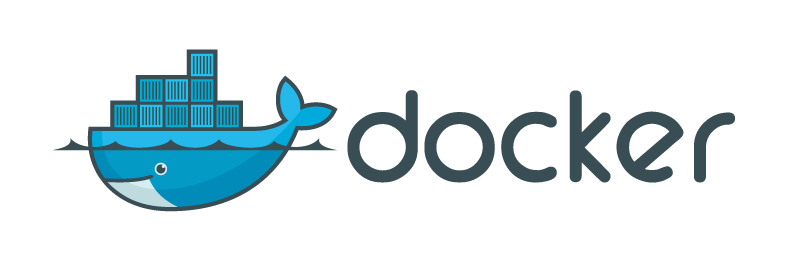Month: January 2016
Continuous Integration (CI)
Large software projects require a group of programmers. Everybody is focused on their own coding part and it may take quite a while to complete it. But what happens when the individual pieces are merged?

More docker = more power? – Part 2: Setting up Nginx and Docker
This is Part 2 of a series of posts. You can find Part 1 here: https://blog.mi.hdm-stuttgart.de/index.php/2016/01/03/more-docker-more-power-part-1-setting-up-virtualbox/ In the first part of this series we have set up two VirtualBox machines. One functions as the load balancer and the other will house our services. As the next step we want to install docker on the service VM.…

More docker = more power? – Part 1: Setting up VirtualBox
This series of blogposts will focus on the effects on response times when performing different tasks running on a variable number of docker containers in a virtual machine. What will be the performance differences running a small or large number of containers on the same machine? These posts will function as a step-by-step tutorial, enabling…

You must be logged in to post a comment.